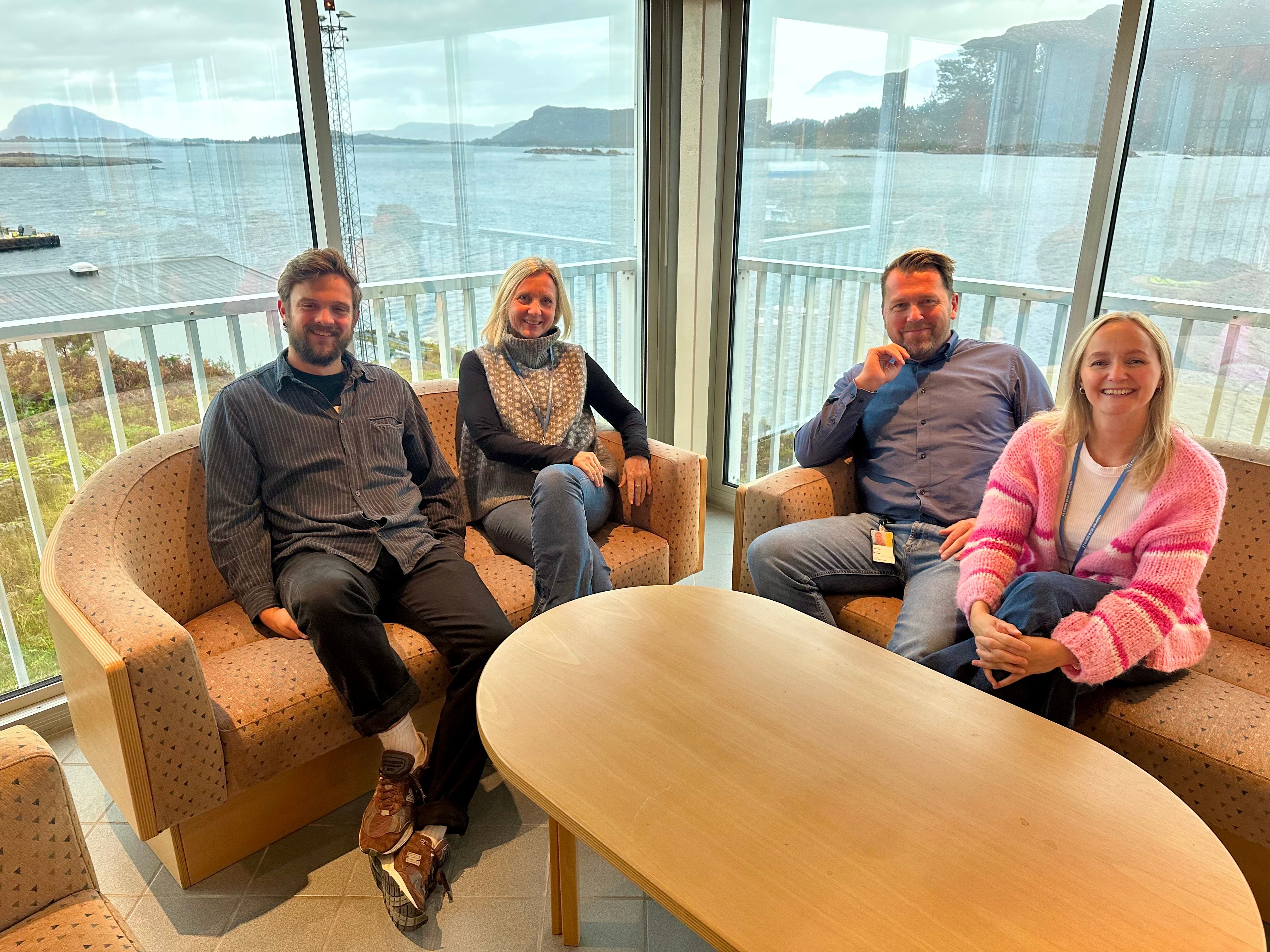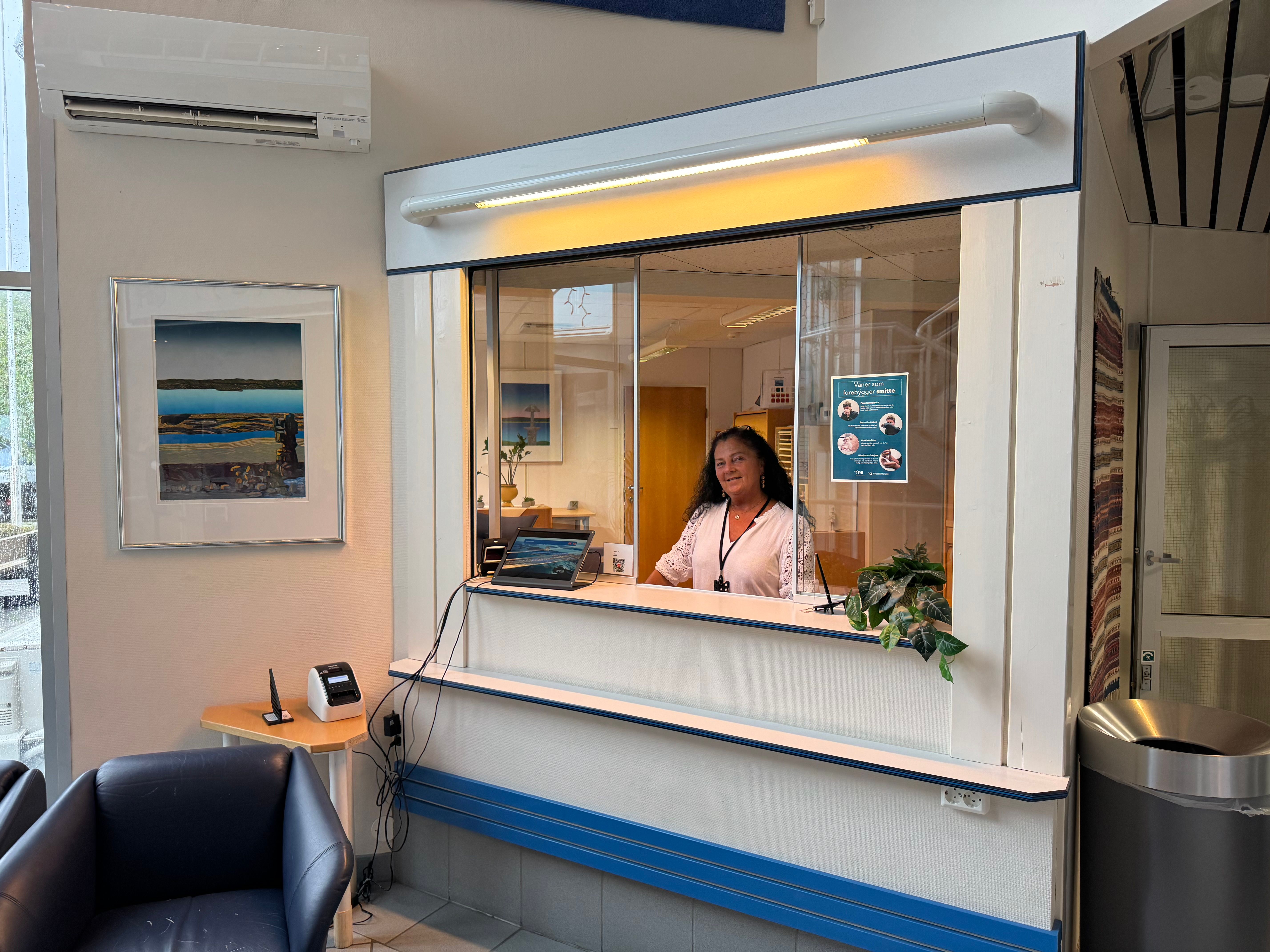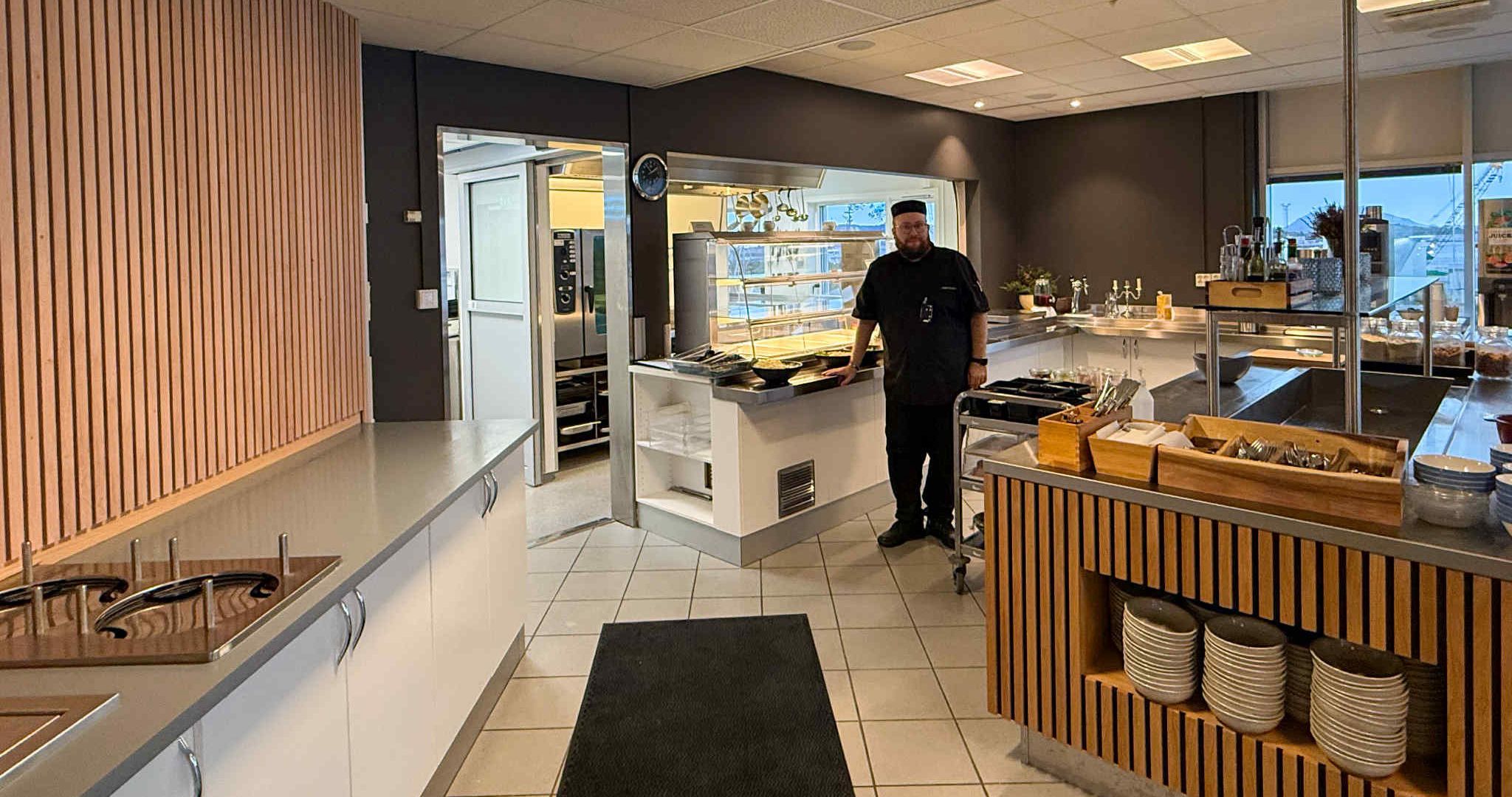Logistics and operations
30. juni 2025
Continuous improvement in partnership with Equinor

Kari Bjørbæk fra Equinor og Erlend Toftesund i Fjord Base Gruppen ser gode synergier i å samhandle om operasjoner.
Fjord Base Group has been working to improve our base services ever since the very beginning. In 2016, joint project groups were established to look more closely at how workflows and value chains could be improved. This work laid the foundation for the Lean and Green improvement program launched in 2017, aimed at identifying unnecessary losses and strengthening operational efficiency.
Through lean methodology, value streams at the base were thoroughly mapped. The focus was to discover what creates value—and what leads to waste. The result is a strong culture of collaboration, where participants complement each other and together develop better solutions for everyone.
A major milestone came when Saga Fjordbase, together with Norske Shell and supply operations for Knarr, introduced a role-based model where traditional teams were replaced by more flexible and cross-disciplinary teams. These teams focus on material flow, resource sharing, training, and optimization. The model has been further developed over time, and today Saga Fjordbase handles the same volume of work with only one third of the resources and a cost reduction of as much as 70 percent.
Another important measure has been joint vessel operations between Vår Energi and Equinor, introduced several years ago, which has yielded significant benefits by reducing costs and improving resource utilization in maritime operations.
In 2022, we launched the Saga Connect platform—a digital tool for coordinated planning and collaboration across customers, operators, and suppliers. Implementation has already delivered tangible results: turnaround times have dropped by 7.5 percent, and the need for vessel relocations has been reduced by 30 percent.

Even though activity levels on the Norwegian continental shelf are expected to decrease in the coming years, the need for continuous improvement remains just as important—both to keep costs down and to ensure profitable development of marginal fields. This work continues in close collaboration with key players such as Equinor.
A new chapter in collaboration – Equinor NLP
Equinor is Fjord Base Group's largest customer and an important contributor to the collaborative culture we’ve built over time. In spring 2025, the partnership took a new step through the Norwegian Continental Shelf Logistics Project (NLP)—Equinor’s comprehensive improvement program now being rolled out at all six of its supply bases in Norway.
The program originated with a pilot project in Dusavika together with NorSea Group and aims to make logistics more efficient, safer, smarter, and more sustainable. “With NLP, we want to establish standard operating models for helicopter, vessel, and base services, focusing on sharing infrastructure and resources, improved safety, and lower costs. Fjord Base Group has extensive experience with many of these challenges and has actively contributed ideas and initiatives,” says Kristoffer Kjelkenes, Supply Lead at Equinor Florø.
As part of this process, Fjord Base Group has proposed 15 concrete measures to improve efficiency and safety in operations at Fjord Base—all of which have been well received by Equinor.
“We have built a culture characterized by collaboration and solution orientation. In this project, we have continued that culture and identified several initiatives,” says Odd Helge Hatlem, Business Developer at Fjord Base Group.
“Some measures will be implemented jointly in the short term, while others require longer development time. In addition, we have started our own projects that contribute to efficiency and quality in our operations.”
Among the measures we aim to implement are:
- Establishment of new infrastructure at quay A for slop water, which will reduce downtime and the need for vessel relocation, optimizing vessel utilization and resource efficiency for SAR, Equinor, and Saga Fjordbase alike.
- Further development of the Saga Connect platform into a complete collaboration tool that supports Equinor’s future logistics model and the requirements for NLP across all participating companies.
- Greener crane operations with investment in a new electric crane. Fjord Base Group has recently signed a contract for a new electric harbour crane to replace the largest current fossil-fueled crane. Once the crane is operational in 2026, the two largest cranes at the base will be electric, alone reducing Fjord Base Group’s CO₂ emissions by up to 12.5 percent. At the same time, crane power supply is being expanded at several of the base’s quays.
“These are important measures that prepare us for the future and support both our own and our customers' goals to reduce emissions from supply activities on the Norwegian continental shelf,” says Erlend Toftesund, EVP Logistics and Operations at Fjord Base Group.


